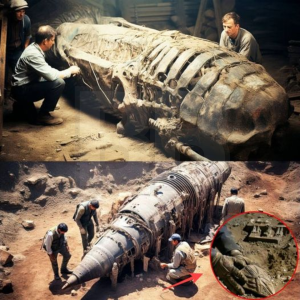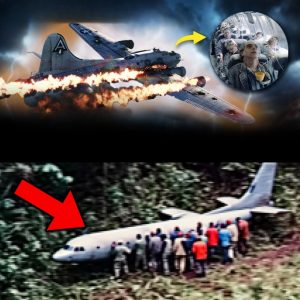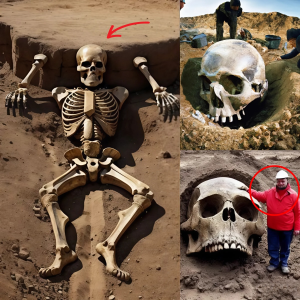Argentine scientists have discovered fossilized dinosaur eggs with embryos inside, dating back about 70 million years in the southern province of Neuquen.

The Vietnam News Agency correspondent in Buenos Aires quoted on April 13, the director in charge of cultural heritage of Neuquen province, Claudia Della Negra, saying that the fossils mentioned above are similar to fossil eggs found earlier in the province. another part of this province. Currently, archaeologists are studying the embryo, teeth and skin of this fossilized dinosaur egg.

The Neuquen provincial government is planning to build a paleontological park to preserve the archaeological heritage found locally. This activity has received support from the National Geographic Institute, the National Scientific and Technical Research Council of Argentina and the Spanish province of Zaragoza.
Nava said dinosaur eggs are usually 10-13 cm long and 5-8 cm wide while ancient crocodile eggs are no longer than 5 cm. The shells of fossil crocodile eggs are usually hollow or smooth, while dinosaur eggs have a shell with a wavy pattern that looks like winding worms.
Dinosaur eggs unearthed in the city of Presidente Prudente in the state of São Paulo, preserved in a layer of soil that gradually transforms into sandstone over time. The material acts as a natural defense, forming several layers of sand over millions of years, helping to preserve the nests until paleontologists brought them out of the ground last year. However, it was not until December 2021 that they determined the eggs belonged to a dinosaur.
Previously, researchers discovered a dinosaur embryo in excellent condition in China. The embryo, named “Baby Yingliang”, is curled up inside a fossil egg in the rock layer of the Hekou Formation at the Shahe Industrial Park in Ganzhou City, Jiangxi Province. This specimen is one of the most intact dinosaur embryos known, closer to a bird embryo than a dinosaur.
In particular, Baby Yingliang is close to hatching, its head is tucked under its body, its back is folded and its feet are placed on its sides. A team of paleontologists led by the University of Birmingham say Baby Yingliang belongs to a species of theropods with beaks but without teeth called “oviraptorosaurs”. Their embryos are 27 cm long from head to tail and are coiled inside a 17 cm long egg.





